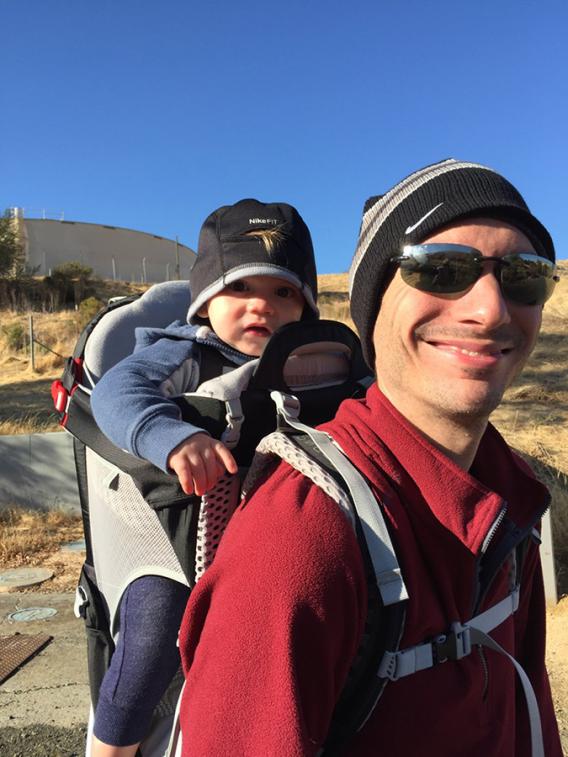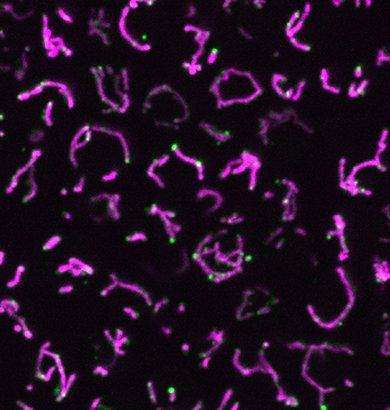

Our lab explores the spatial organization of mitochondria. We are focused on elucidating the molecular mechanisms that govern cristae number and placement along the mitochondrial inner membrane. We are especially interested in how the cell dynamically regulates mitochondrial ultrastructure dependent on metabolic demand, during tissue differentiation, and under stress conditions.
I first became interested in organelle spatial organization as a graduate student in Dr. Gia Voeltz’s lab at the University of Colorado in Boulder. I was floored by the beautiful and complex dynamic structures formed by the endoplasmic reticulum (ER) and became fascinated with understanding how cells organize and position organelles, regulating their movements within the cell. I was also amazed to learn about the coordinated and coupled dynamics between the ER and other organelles, including mitochondria. In a collaboration with Jodi Nunnari’s lab at the University of California Davis, we made the surprising discovery that mitochondrial fission, which controls mitochondrial cellular distribution, is spatially linked to these ER contacts.
I went on to join the Nunnari Lab for my postdoc, where I focused on a different spatial question: how is the elaborate membrane organization found inside mitochondria established? I explored the molecular organization of the MICOS, a newly discovered, highly conserved complex of proteins that are responsible for cristae organization in mitochondria. I found that MICOS works together with respiratory complexes and the unique phospholipid environment in mitochondria to establish mitochondrial ultrastructure. However, we only have a minimal understanding of the molecular underpinnings of these processes.
I started my lab at UT Southwestern in January 2018 to understand the molecular function of MICOS and how mitochondrial spatial organization is dynamically regulated in the context of cellular metabolic needs. Please see our research page for more details.